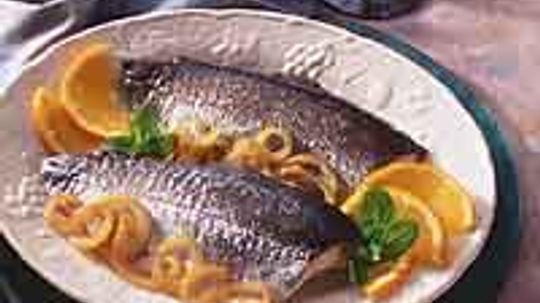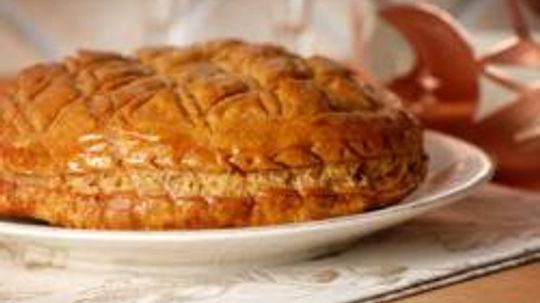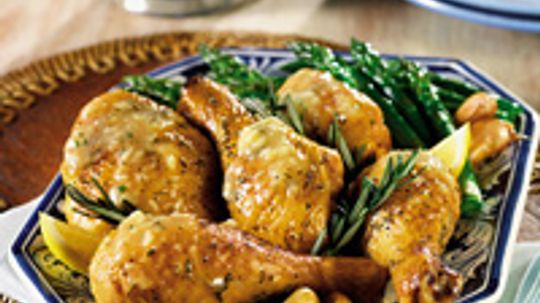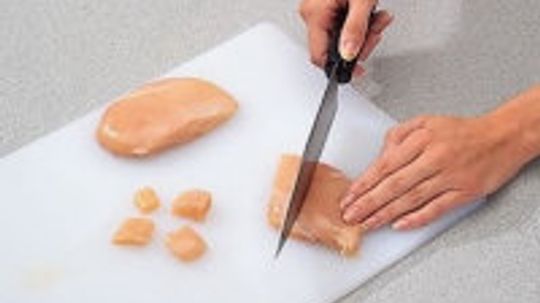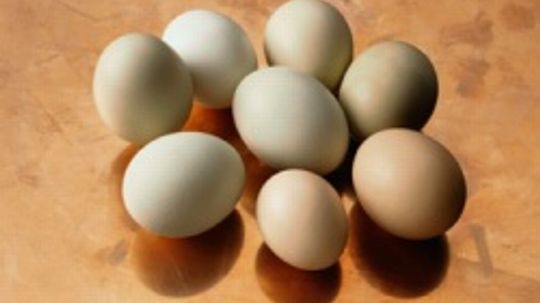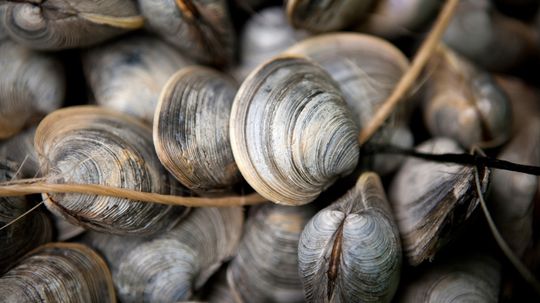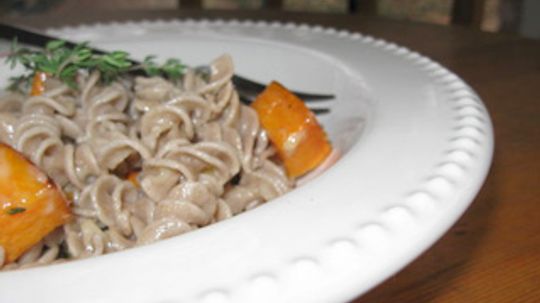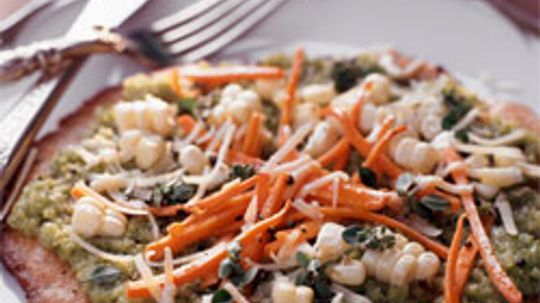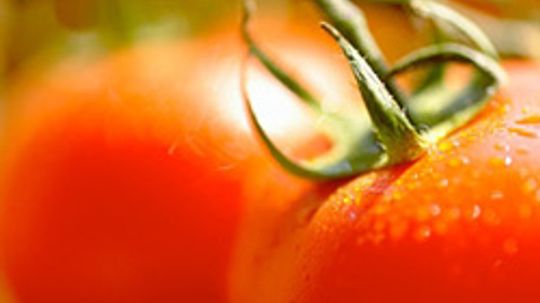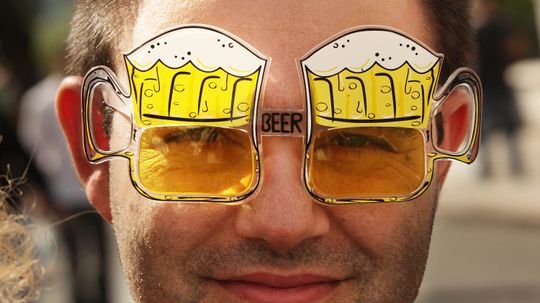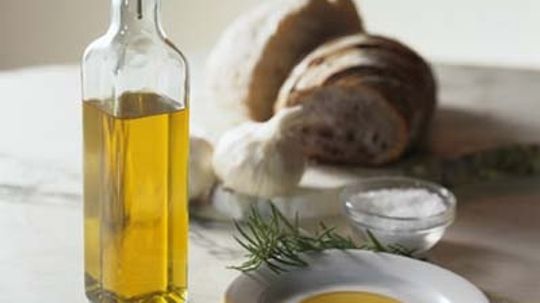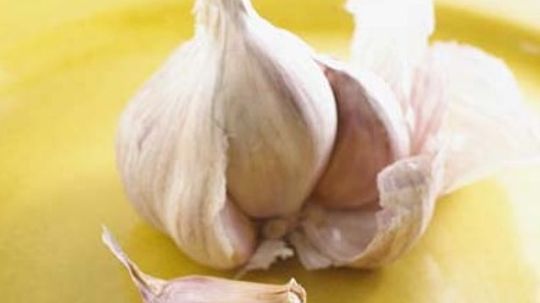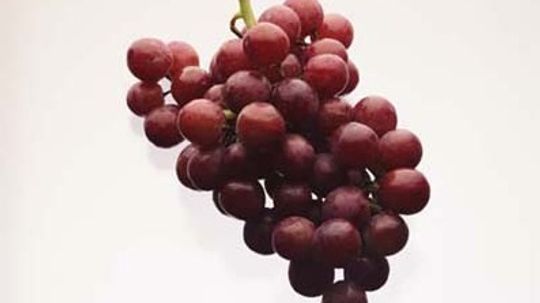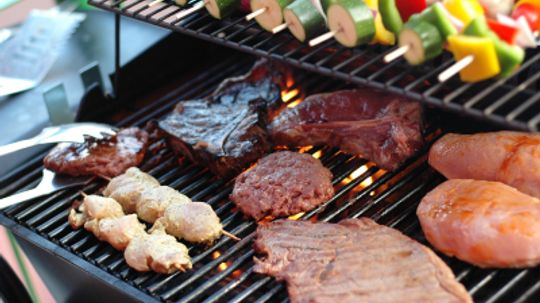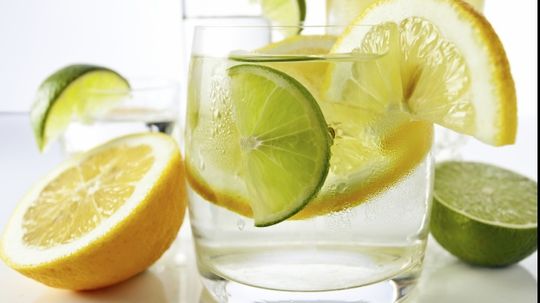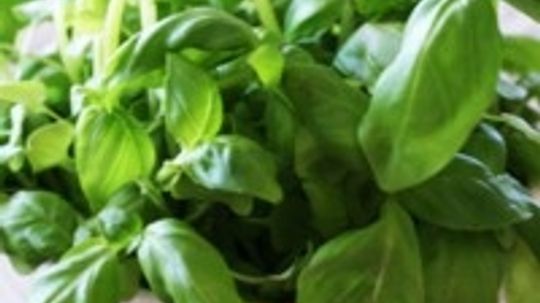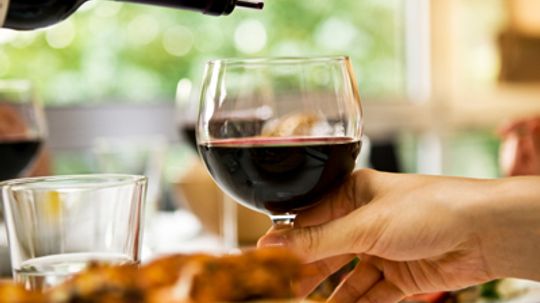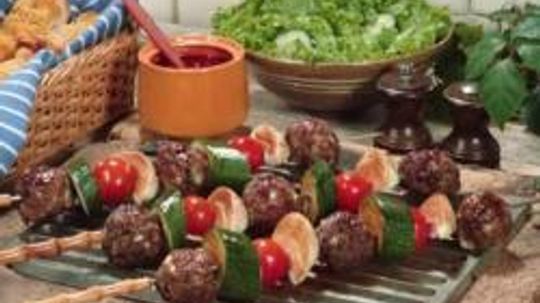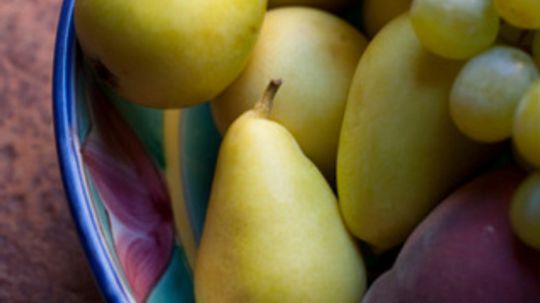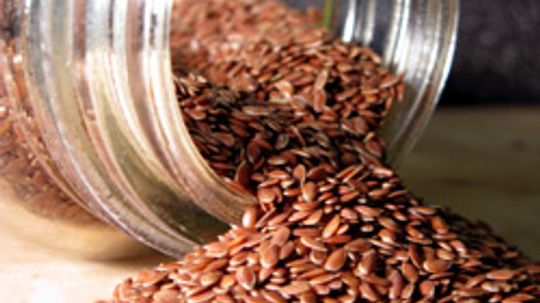Food and Recipes
Here is a place for you to play with your food -- literally: enjoy, have fun with and celebrate food -- but don't worry, we'll still help you get dinner on the table every night.
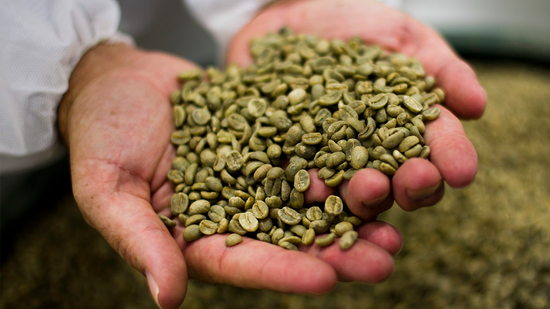
Want a Perfect Cuppa Joe? Roast Your Own Coffee Beans
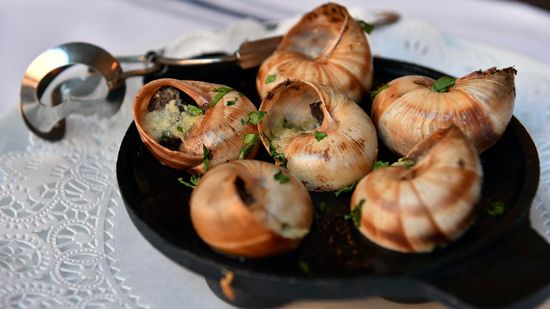
How Escargot Evolved From Snail Snack to Treat for the Elite
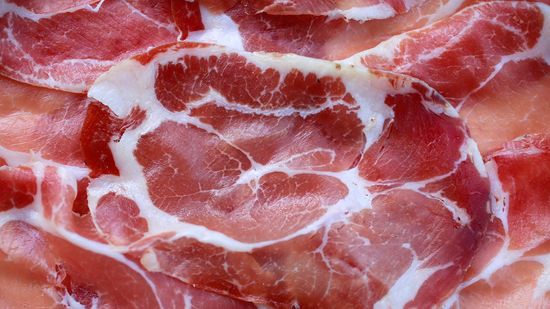
Capicola: The Italian Dried Meat Tony Soprano Called 'Gabagool'
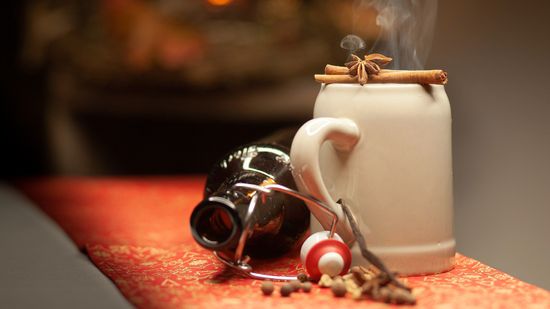
Spread Holiday Cheer With a Good Mulled Beer
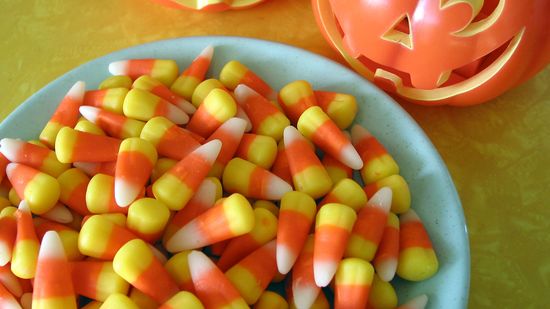
What Is Candy Corn and How Is It Made?

Why Restaurants Are So Loud These Days
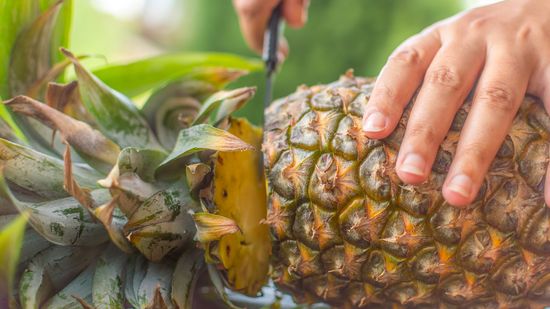
How to Cut a Pineapple in 4 Easy Steps
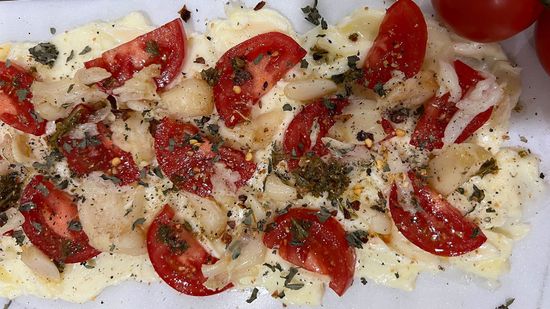
Butter Boards Are Creaming Charcuterie Spreads This Season
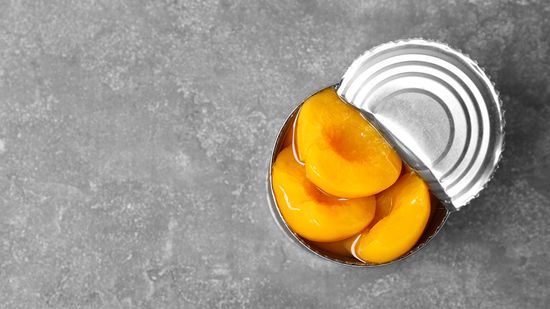
5 Ways to Open a Can Without a Can Opener
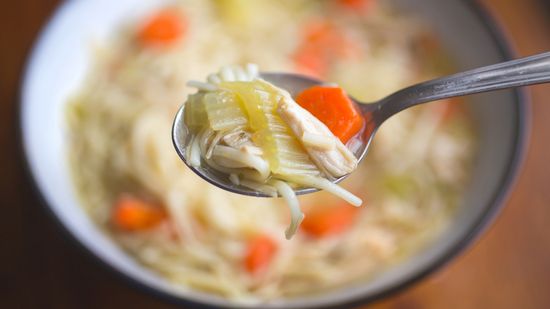
Does Chicken Soup Really Help When You're Sick?
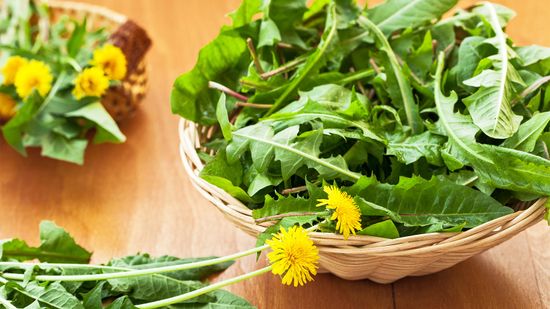
5 Fall Foods You Can Forage in Your Own Neighborhood
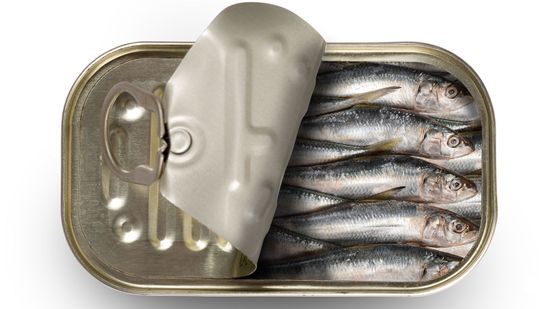
Sardines: The Stinky Little Fish You Should Be Eating

Where Do Potatoes Originate From? Not Ireland
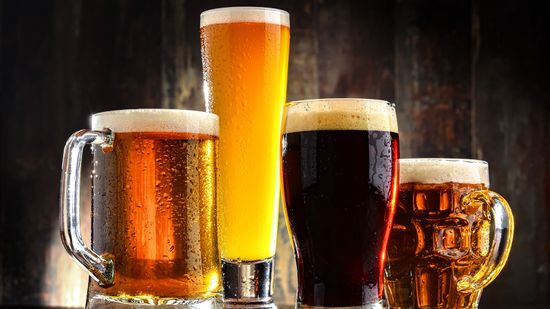
What's the Best-selling Beer in the World? Not Budweiser

Can You Eat Jellyfish? Yes, But Not All Jellyfish
Learn More / Page 42
More and more Americans are eating seafood, but few are cooking it at home. Learn about the different varieties of fish and shellfish, as well as ways to prepare seafood in your own kitchen.
Find basic instructions and definitions that will help you bake a perfect cake every time in this article. You'll learn about selecting the proper baking pan, cooling and frosting a finished cake, and more.
Chicken is one of the easiest and most versatile meats you can prepare. Bake it, fry it or grill it - just be sure to take the proper safety precautions during preparation.
Advertisement
Since raw chicken can harbor harmful salmonella bacteria, it's important to know how to properly handle chicken in the kitchen. Learn chicken safety tips in this article, including how to purchase and store chicken confidently.
Eggs are one of the world's most versatile foods. They can be prepared in many ways -- from simple scrambled eggs to an elegant omelet. Learn all about cooking eggs with the help of this article.
Whether steamed or eaten raw, clams are a delicious shellfish that can easily be prepared at home. Learn how to cook, clean and shuck raw clams properly and efficiently.
The possible combinations of pasta and sauce are limitless and may even be a little intimidating. Learn about choosing and making the many delicious types of pasta in this article.
Advertisement
If you're a healthy eater who turns to pizza as an occasional junk-food splurge, you may experience some guilt after you've downed a few (or five or six) slices of cheesy, empty-carb heaven. But soon, that could all change. Sort of.
By Julia Layton
The world really has two different meanings for the word fruit. There is the use of the word when you go to the grocery store, and then there's the use of the word by a botanist. Find out if tomatoes make the cut.
As it turns out, beer is not the only factor in the 'beer goggles' effect. And scientists have come up with a fancy formula to prove it -- and let you calculate just how far off you are.
By Julia Layton
Olive oil is one of the most versatile ingredients you'll find at the grocery store. Knowing how it gets from the tree to your table will help you understand how to get the most out of it.
By Gayle A. Alleman
Advertisement
Sure, you could buy garlic at the store. But it's just as easy to grow your own, and it keeps for months. Find out how to plant, harvest and store garlic.
By Gayle A. Alleman
Vinegar is a must-have ingredient for vinaigrettes, marinades, food preservation, or any recipe that needs a little extra kick. You'll be astounded at all the things this seemingly simple condiment can do.
By Gayle A. Alleman
Grilling food is one of summer's treats. With new grilling methods, you can now grill year-round to enjoy the sweet smoky barbecue taste. Learn how to grill all types of food in this article.
A study published recently in the online version of the journal Nature has been called the "Holy Grail of aging research." Find out if obese humans should switch from white wine to red wine."
By Julia Layton
Advertisement
The stories of evil strangers tainting Halloween candy and apples with poison, glass and razor blades have prevailed for several decades. But are they true?
You've heard the phrase, "it looks good enough to eat." Garnishes are designed for that very reason. Complement the flavor and style of the food you're serving with these beautiful garnishes.
Making homemade bread for the first time can be a bit tricky. But don't let that prevent you from trying. Our step-by-step will show you exactly how you can make it a success, on your first try.
Seasonings can be the most important part of a recipe. Herbs are the leaves of plants, while spices are the seeds, buds, fruits, flowers, bark, and roots of plants. Learn about herbs and spices.
Advertisement
Good wine is one of life's greatest pleasures. Whether you are a novice or a connoisseur, enjoying a glass of wine can be a sublime experience. Learn the basics of enjoying wine.
By Steve Pitcher
Coming together with a group of fellow wine enthusiasts is a fantastic way to exercise your tasting muscles. Read this article for the details you need to host the perfect wine tasting.
By Steve Pitcher
The protein in meat, poultry, and fish offers health benefits, including lowering bad cholesterol and reducing heart disease. Eating healthy is another alternative treatment against illnesses. Learn the health benefits of meat, poultry, and fish.
Fruits and vegetables offer health benefits, including protection from heart disease, high blood pressure, and other illnesses. Eating healthy can be part of an alternative treatment against disease. Learn the health benefits of these foods.
Advertisement
Nuts may be high in fat, but they contain mostly mono- and polyunsaturated fats, which are heart healthy. Studies have shown that nuts can help lower LDL cholesterol. Learn the health benefits of nuts.
Seeds are an excellent nutrition package filled with minerals, folic acid, and bone-building calcium. It's surprising we eat seeds as an occasional snack instead of a staple of our diet. Learn health benefits of seeds.
